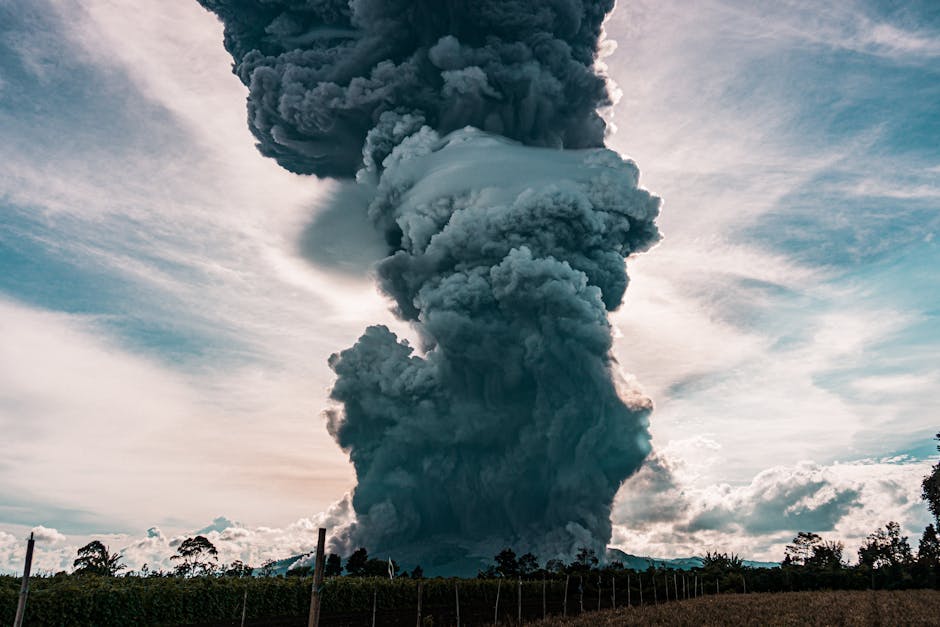Semeru Volcano Erupts, Spewing Ash and Pyroclastic Flows
Indonesia’s highest volcano, Mount Semeru on Java island, erupted violently early Sunday, sending towering ash plumes and pyroclastic flows—deadly currents of hot gas and volcanic debris—into nearby villages. The eruption at 2:46 AM local time triggered mass evacuations as ash-covered homes, roads, and farms in Lumajang and Malang districts.
Mass Evacuations Amid Chaos
Residents described panic as explosions rocked the region. Social media footage showed villagers fleeing on motorcycles and trucks, some clutching children and belongings. Authorities evacuated over 2,500 people to shelters, with emergency teams scrambling to assist.
“Everything turned dark in minutes,” said Siti Rahayu, a Pronojiwo village resident. “The ash was so thick, we could barely breathe.”
Health and Environmental Threats
Indonesia’s disaster agency (BNPB) issued urgent health warnings, as volcanic ash—containing harmful rock and glass particles—can cause severe respiratory issues. Mask distributions began, and locals were warned against using ash-contaminated water.
The eruption also disrupted air travel, with flights rerouted due to poor visibility. Farmers fear crop losses, as ash smothers coffee and rice fields in this agriculturally vital region.
Why Semeru Is a Constant Threat
Dubbed “The Great Mountain,” Semeru is among Indonesia’s most active volcanoes, erupting frequently since 1818. Its December 2021 eruption killed over 50 people. Located in the Pacific “Ring of Fire,” its eruptions pose extreme risks to densely populated areas.
Scientists noted this was a phreatic eruption—triggered by magma meeting groundwater—and warned of potential follow-up activity. A 5-km exclusion zone remains in place.
Government and International Response
President Joko Widodo ordered rapid aid deployment, with military and NGOs like the Red Cross setting up shelters and medical stations. Global volcanologists are monitoring Semeru, as studies suggest climate change-linked rainfall may heighten eruption risks by destabilizing lava domes.
Ongoing Risks for Displaced Families
With Semeru still active, evacuees face an uncertain future. “We respect the mountain, but it doesn’t respect us,” said farmer Warsito, 60. Authorities continue assessing gas emissions and seismic data for signs of further eruptions.
Follow trusted sources for real-time updates.




